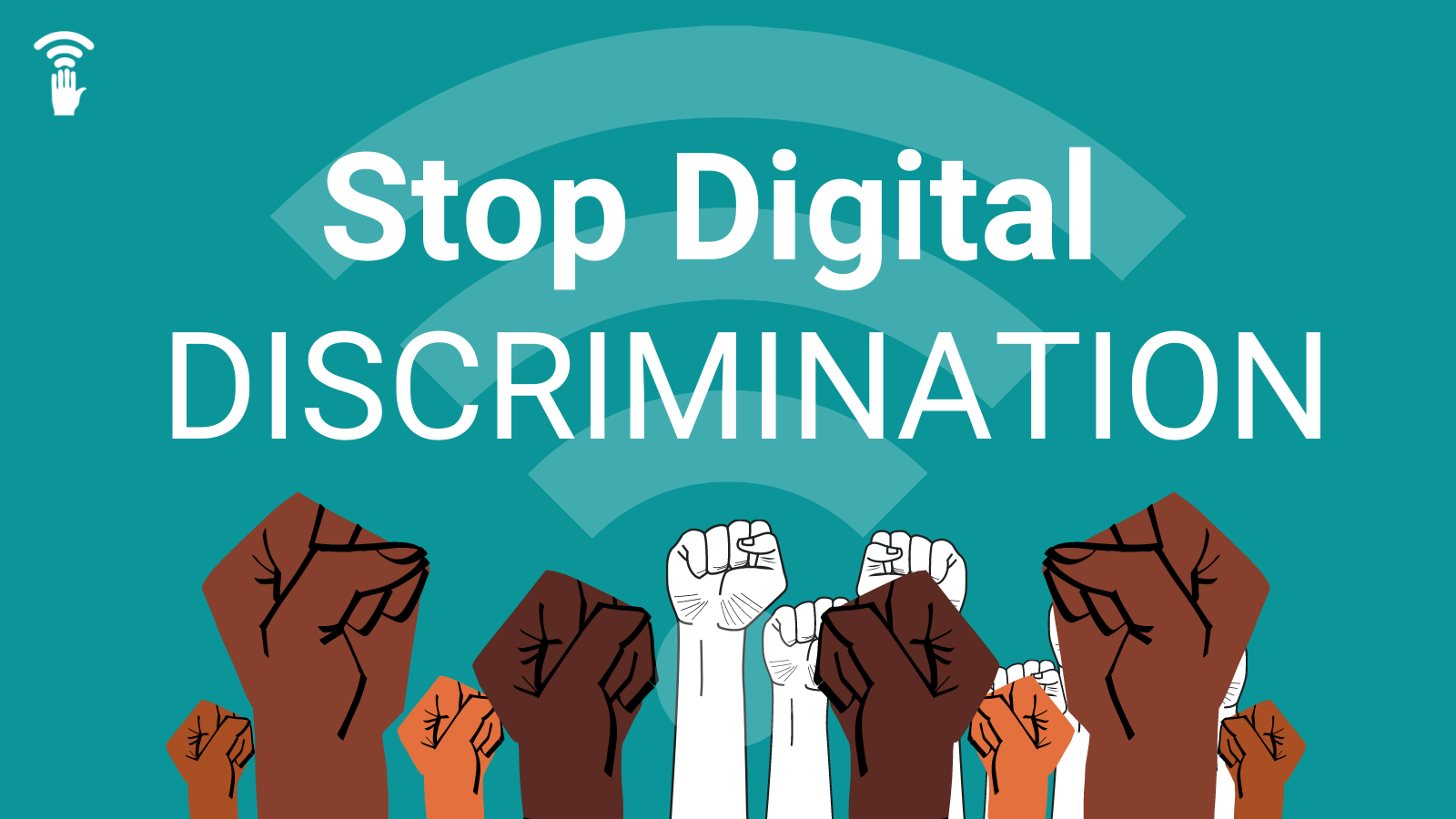
Since 2017, NDIA has raised the alarm on digital redlining, a form of digital discrimination. There was no recourse – no one to hear the complaints or defend those harmed. Today, new rules will help prevent and eliminate digital discrimination.
On the second anniversary of the signing of the bipartisan Infrastructure Investment and Jobs Act (IIJA), the Federal Communications Commission (FCC) voted yesterday to adopt the final digital discrimination rules required by Congress in the IIJA.
As a community of long-time advocates for digital justice and digital equity, NDIA celebrates the new digital discrimination regulations. NDIA was one of the first entities to map and explain digital redlining by AT&T in 2017. Long-time advocate Bill Callahan has since found that redlining continues in Cleveland, OH, showing the ongoing need for explicit regulations.
“All Americans – regardless of race, zip code, or income – deserve digital equity,” said Angela Siefer, NDIA executive director. “We know with certainty that communities, including those in my own state of Ohio, have suffered from digital discrimination. Federal accountability measures will not only help us identify future discrimination but will also help prevent new cases of digital discrimination.”
What Does Digital Discrimination Look Like?
According to the FCC’s rules, digital discrimination can show up in various aspects of internet service, including:
- Technical aspects of service, like data caps, network deployment (e.g., redlining), and metrics of reliability and quality of service
- Non-technical aspects, including policies around pricing (e.g., tier flattening), customer service, credit checks, and marketing or advertising
The FCC Defines 'Digital Discrimination of Access'
“Policies or practices, not justified by genuine issues of technical or economic feasibility, that (1) differentially impact consumers’ access to broadband internet access service based on their income level, race, ethnicity, color, religion or national origin, or (2) are intended to have such differential impact.”
The complete rules will be published in the coming days. The main aspects of the FCC’s digital discrimination rules:
- Disparate Impact: One of the key protections in the digital discrimination rules – and something NDIA strongly advocated for on behalf of our community and consumers – is the inclusion of “disparate impact.” This means that regardless of whether an ISP intended to discriminate, if the impact of a business decision results in discrimination, that impact matters and will be considered digital discrimination. This will set a fair standard that recognizes the real harm caused by discrimination.
- A new digital discrimination complaint pathway provides a way for consumers and organizations to raise the alarm about potential discrimination, track complaints, and for the FCC to take action.
- The rules will allow for the FCC to act on incoming data that shows potential digital discrimination.
The NDIA Community Influenced the Rules
Representing hundreds of affiliate organizations nationwide, NDIA has proudly advocated for policies against digital redlining for years, resulting in the first official recognition of digital discrimination in the IIJA in 2021.
Over the past two years, NDIA has uplifted community perspectives by submitting official comments, serving on a working group to advise the FCC, and having direct conversations with the FCC. In all of these advocacy efforts, NDIA represented your stories and concerns.
If strongly enforced, these rules will bring more equitable broadband access to those living in the margins. NDIA will continue to listen to our community of affiliates and practitioners, to shed light on digital discrimination, and to advocate for the FCC to strongly enforce these rules.
